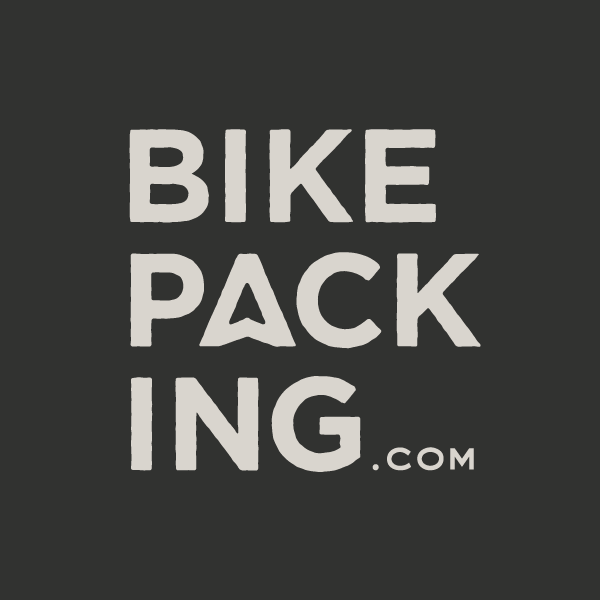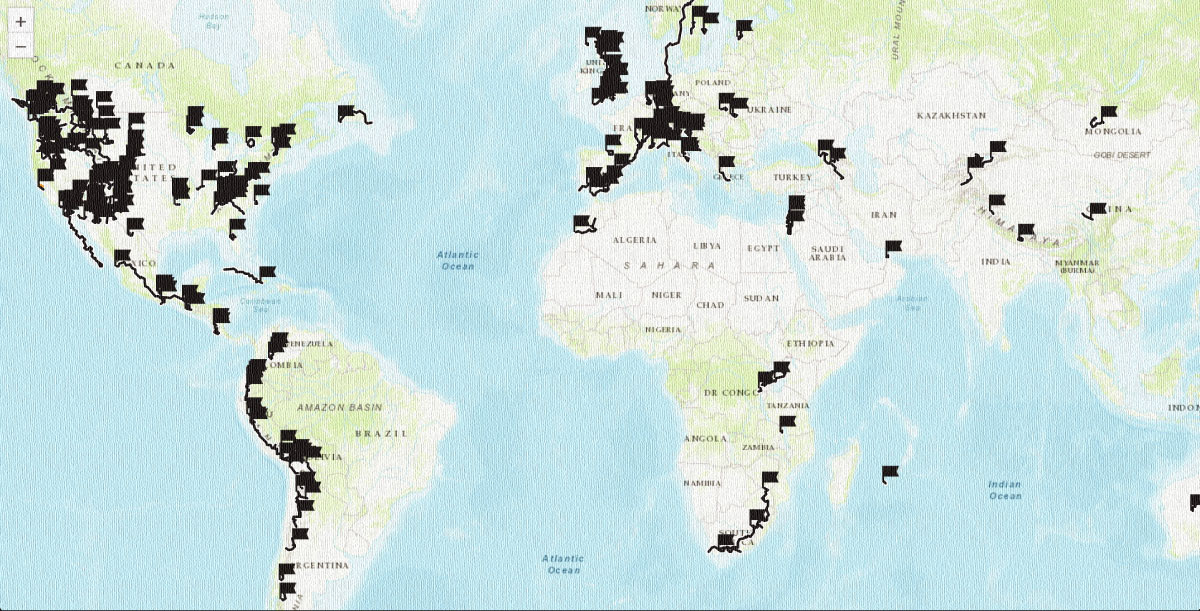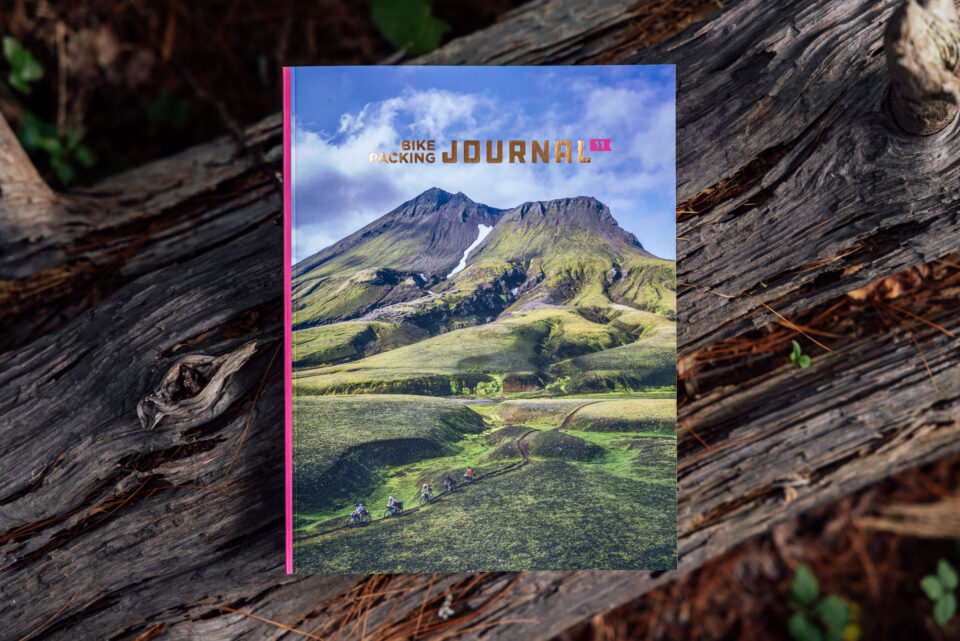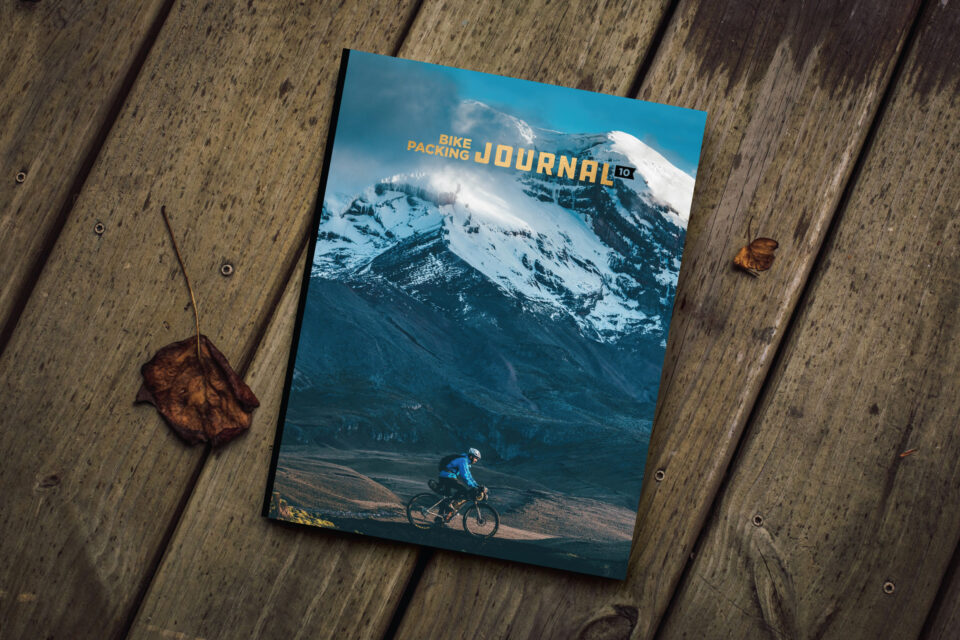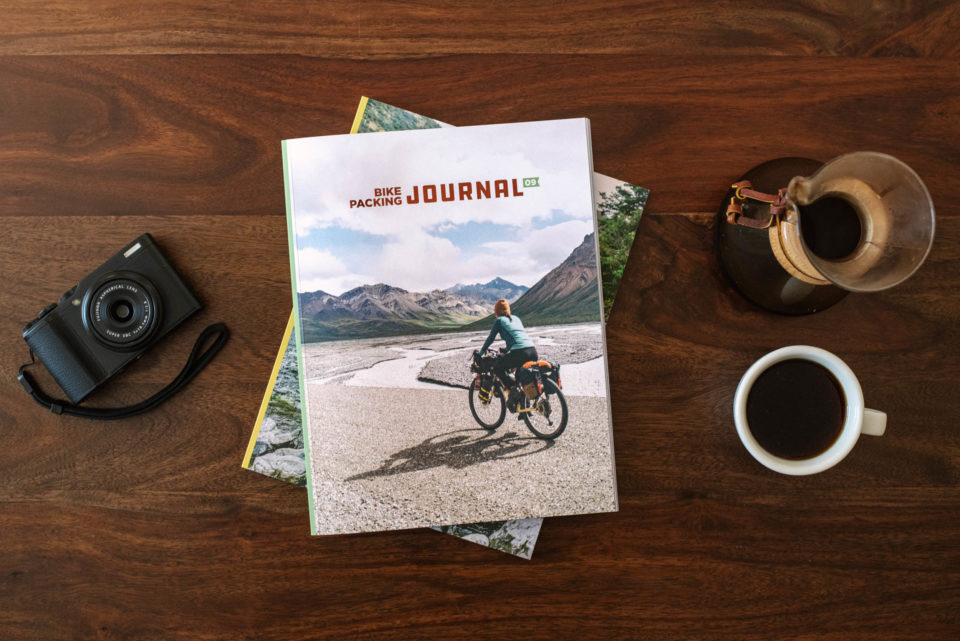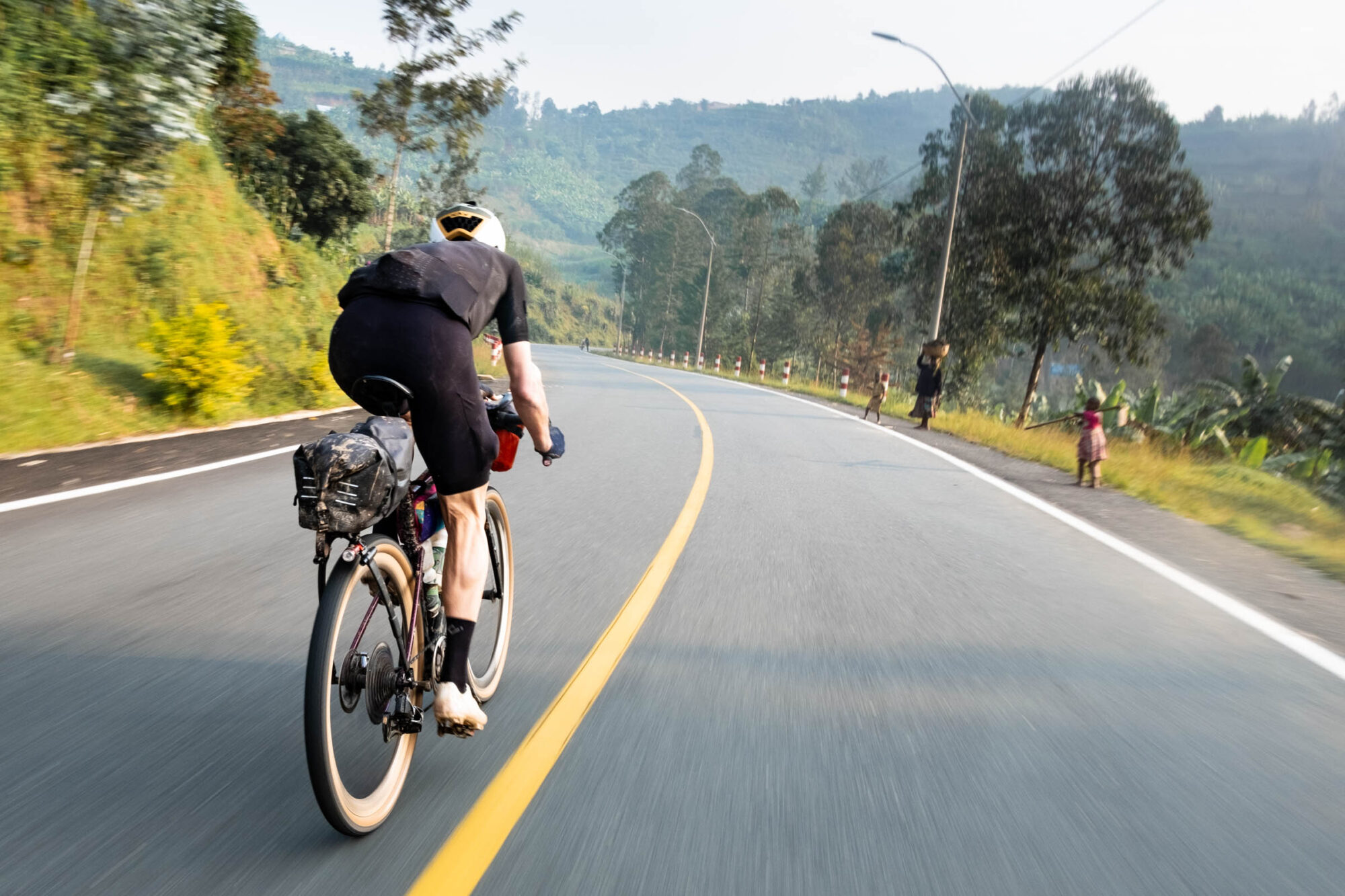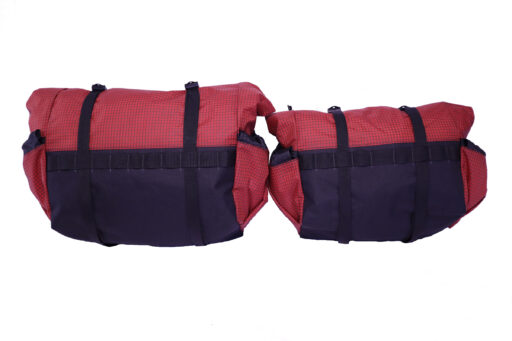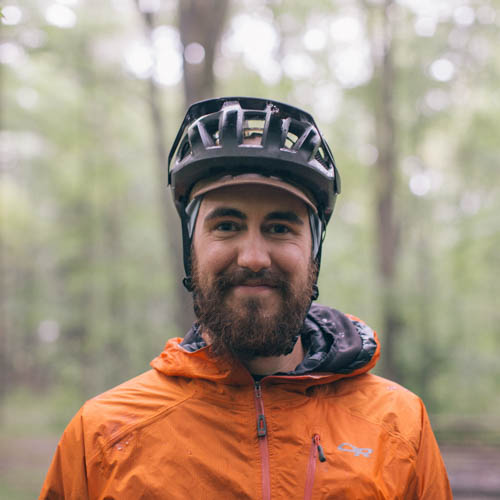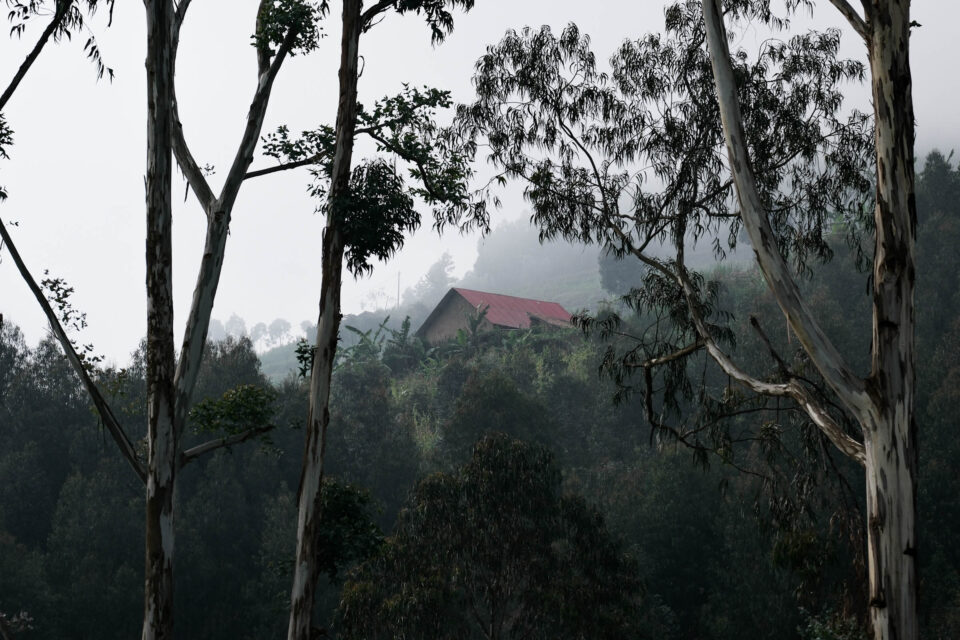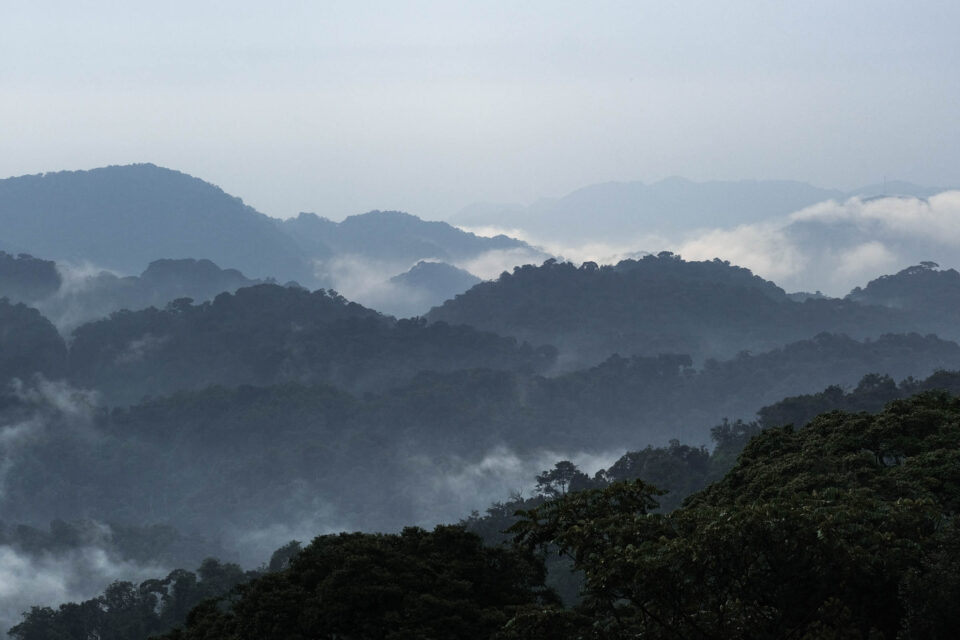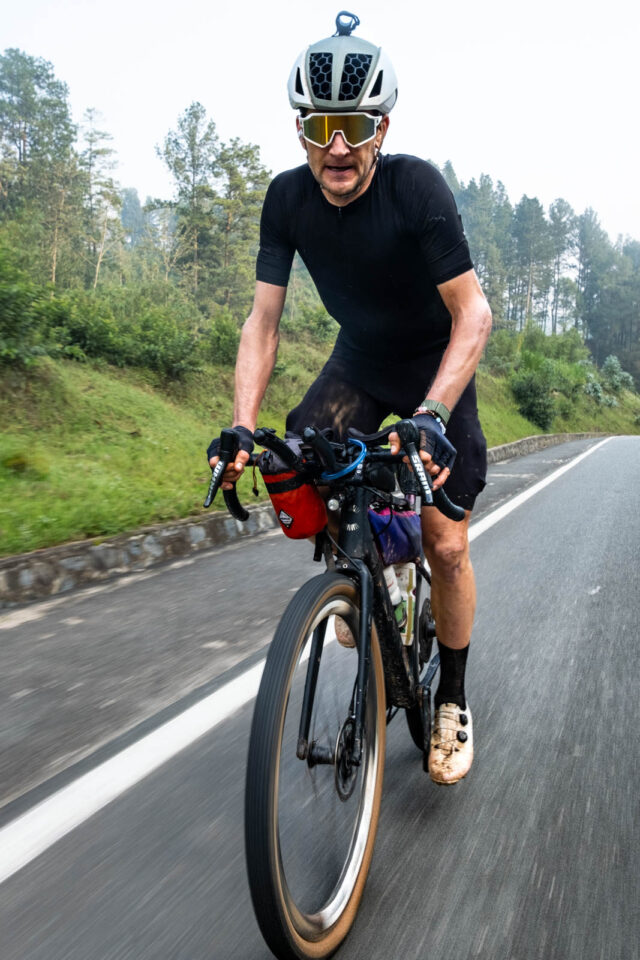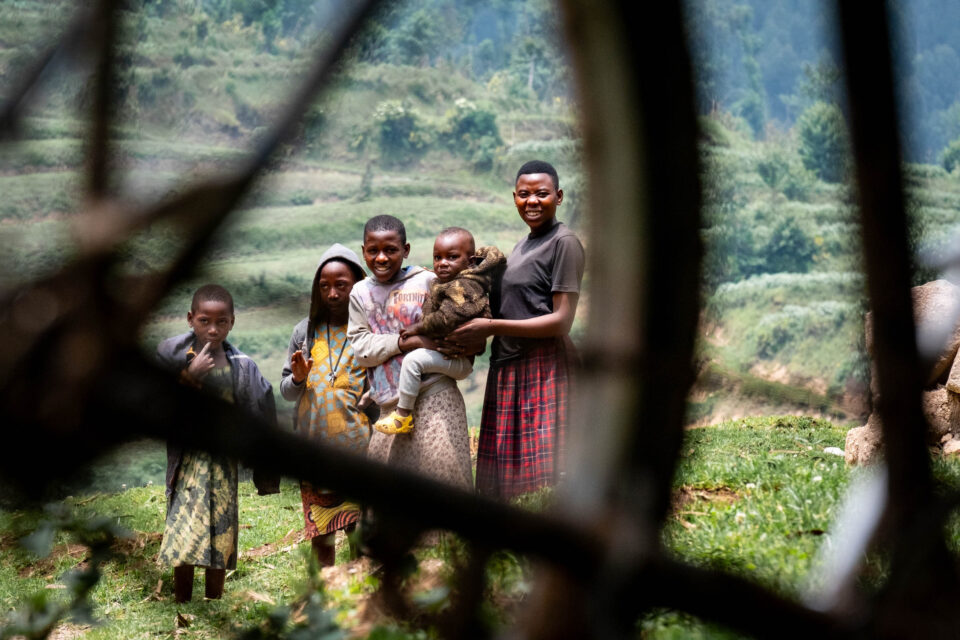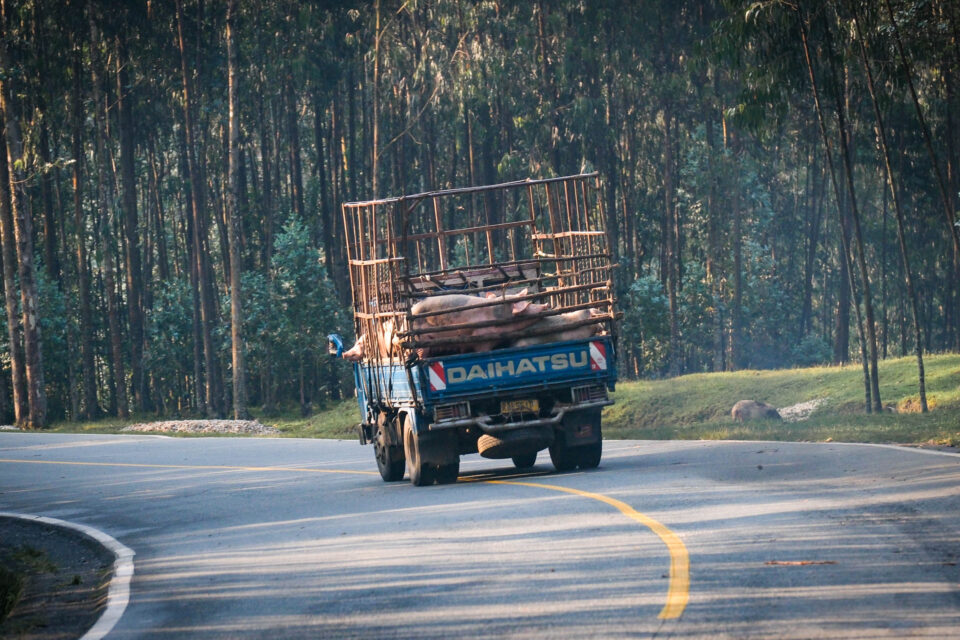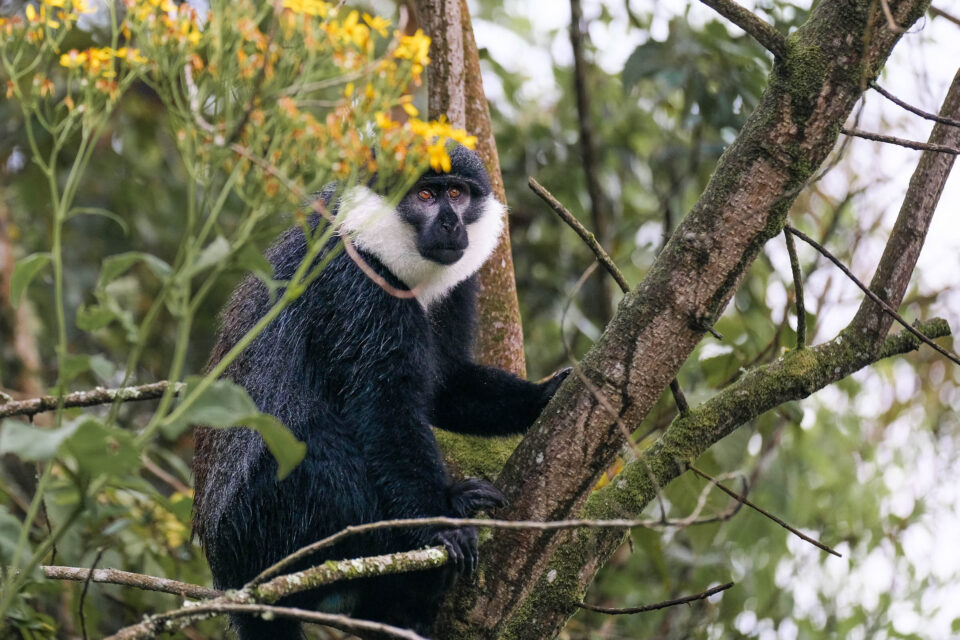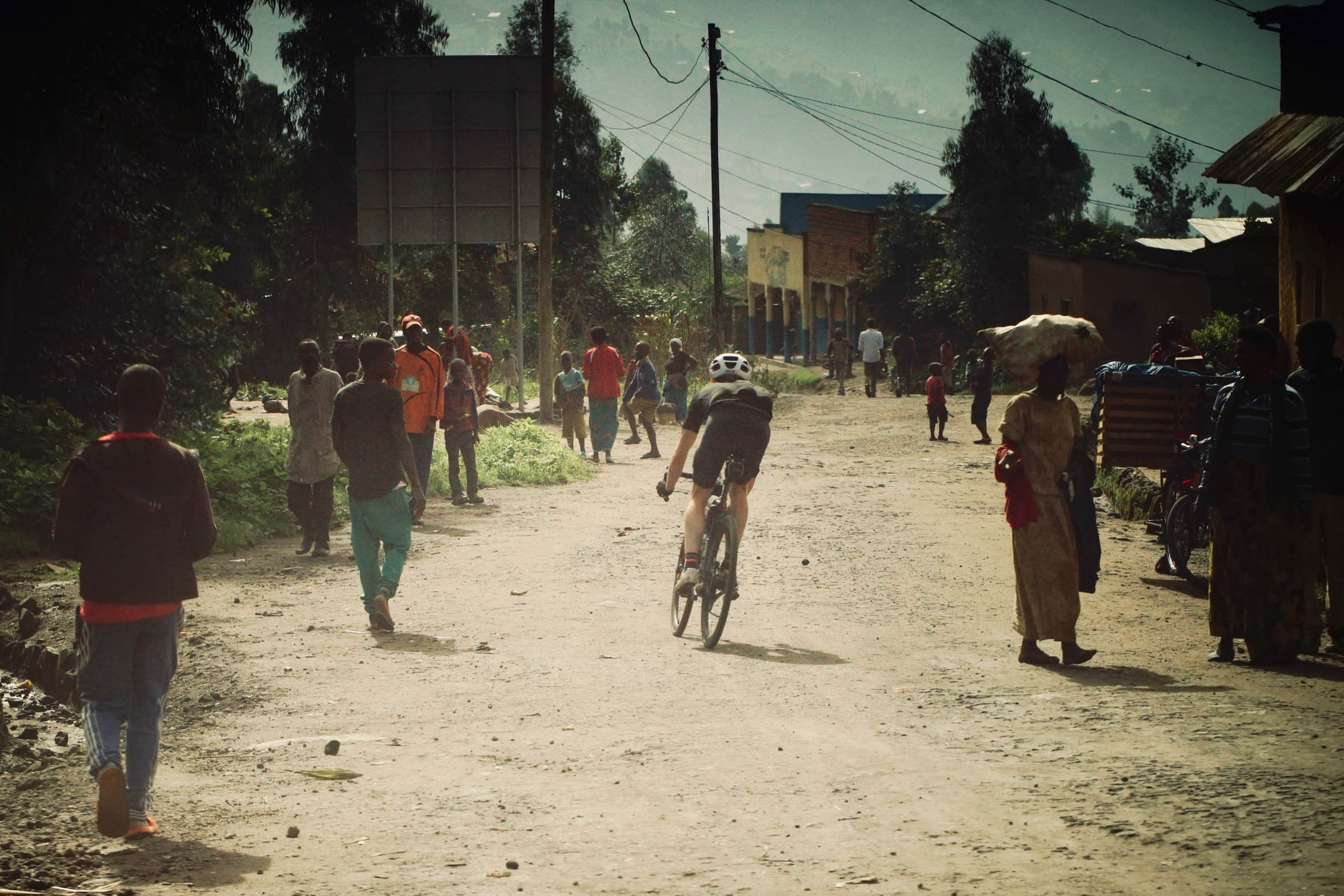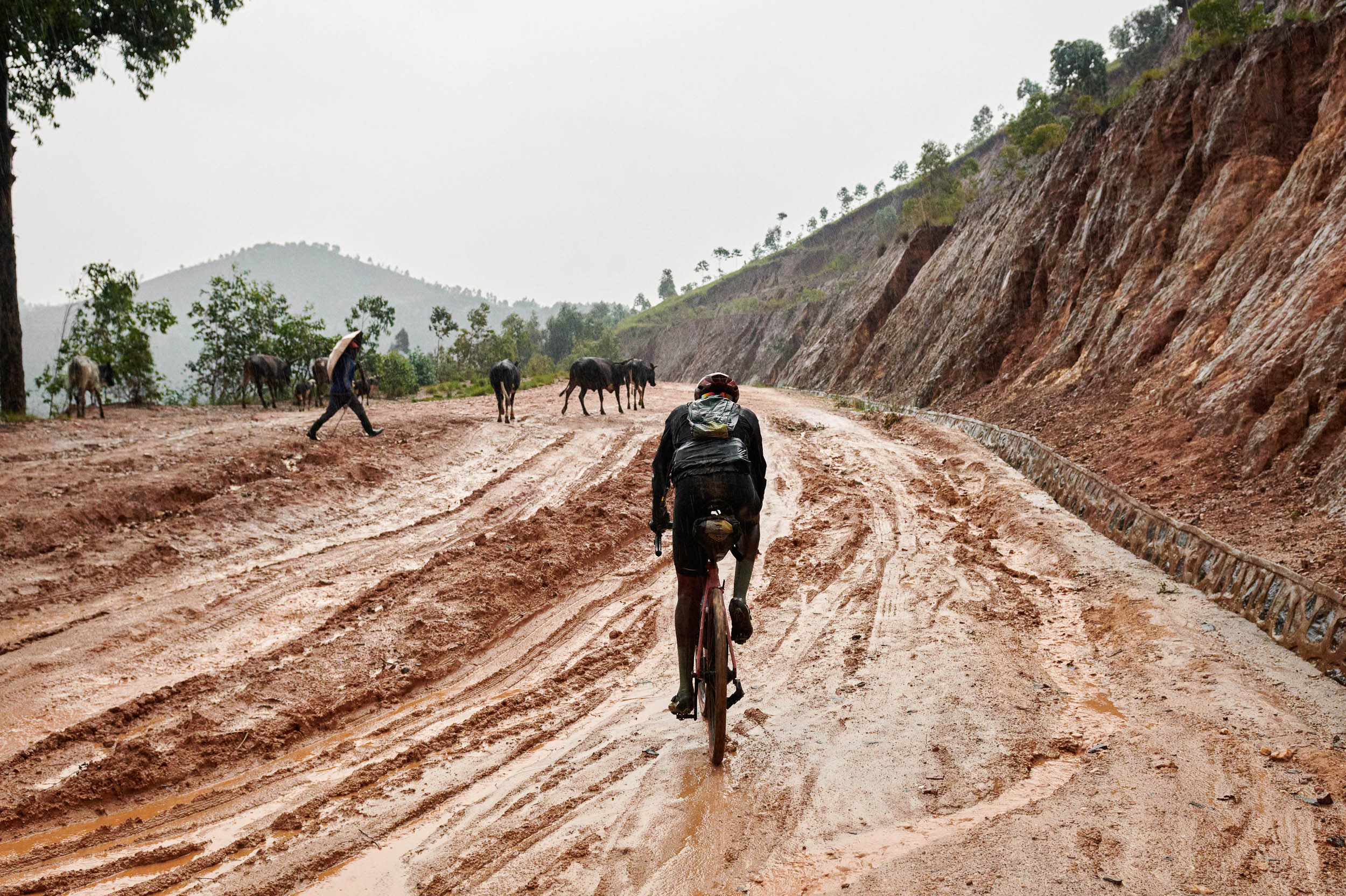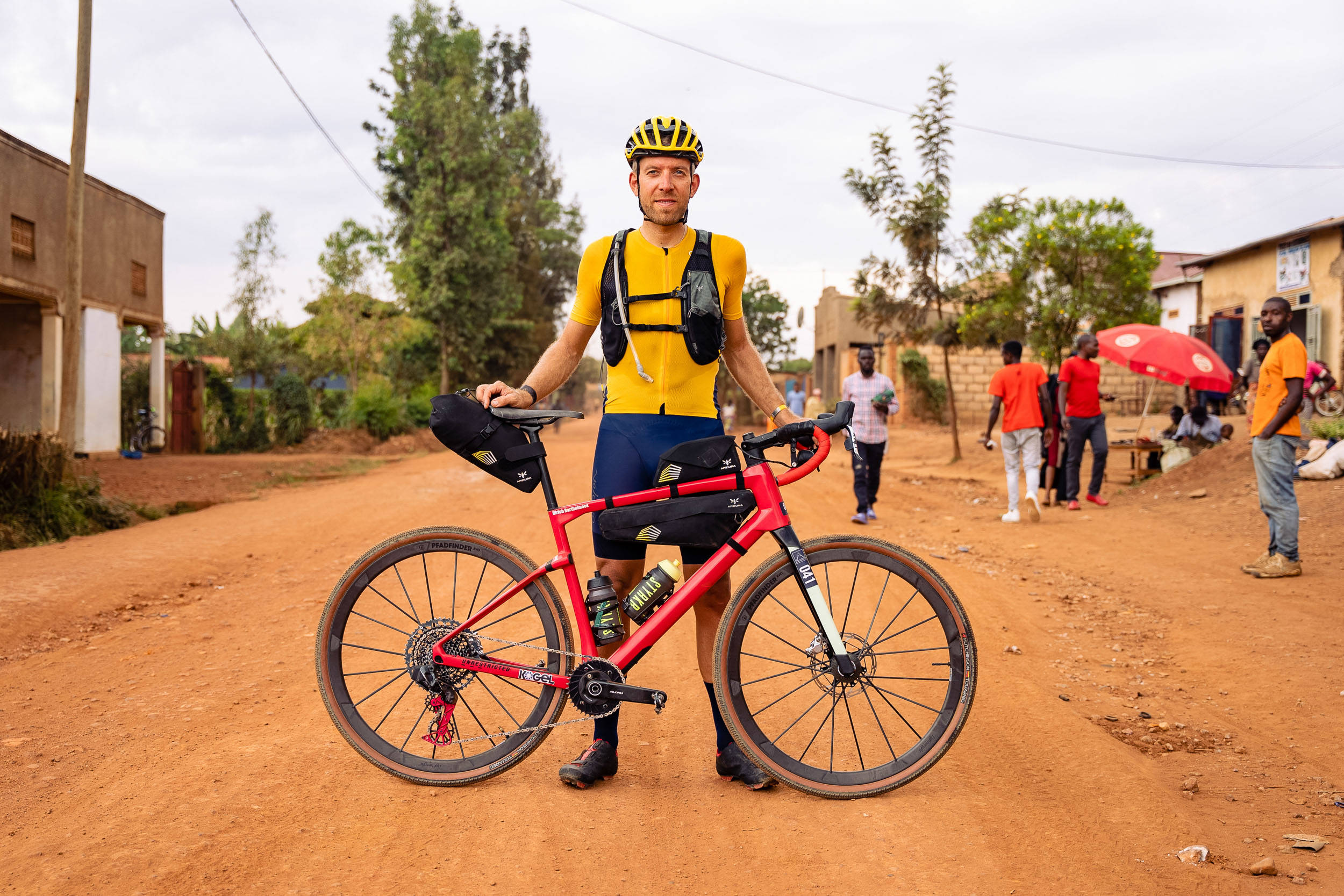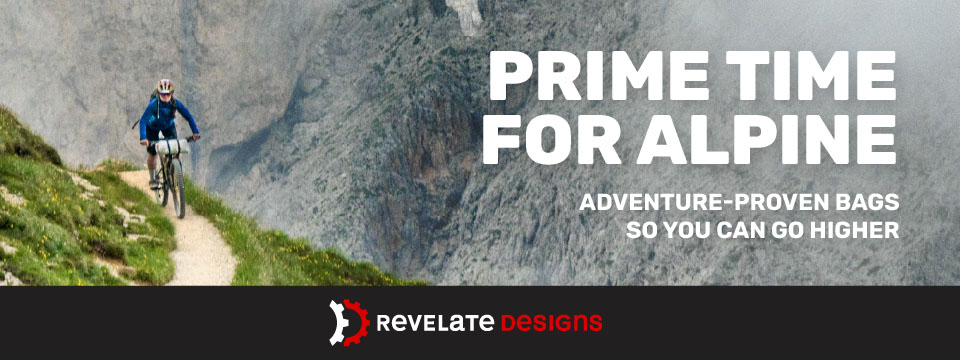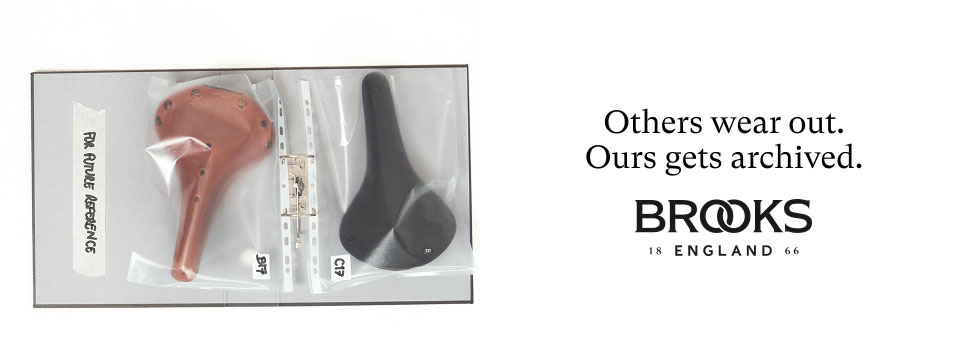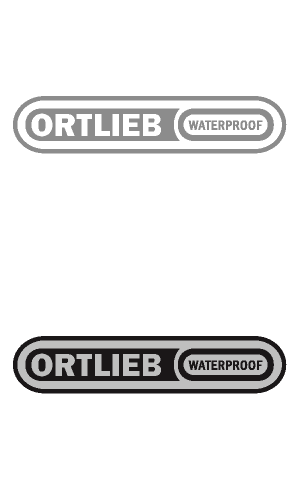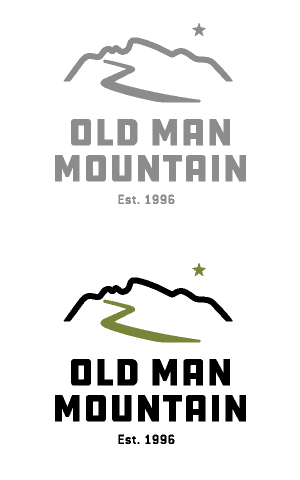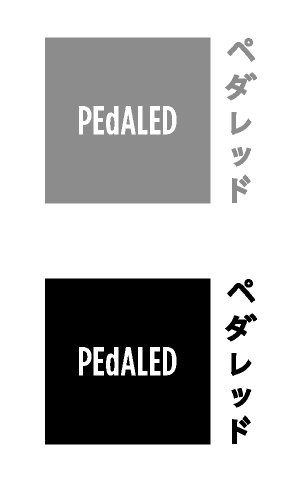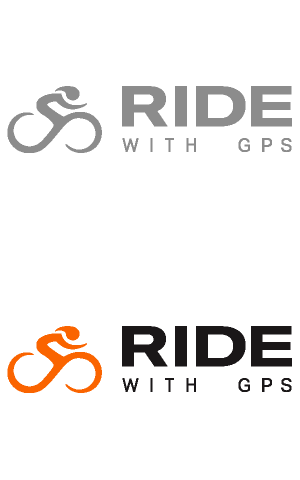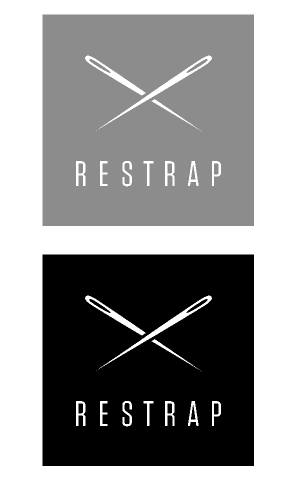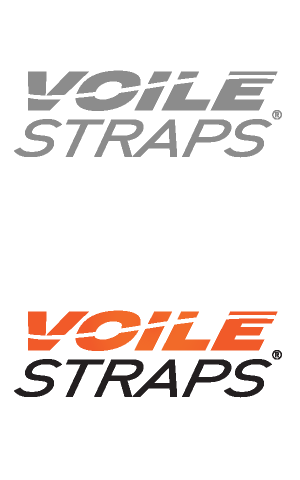Last week, Ted King took first place at the Race Around Rwanda, finishing the 1,000-kilometer gravel route through the beautiful Rwandan countryside in just under 58 hours. Find a short interview with Ted and photos from the event here…
Photos by Manu Cattrysse
The Race Around Rwanda is an ultra-endurance cycling event that leads participants on a spectacular route through the beautiful Rwandan countryside. The self-supported race follows a 1,000-kilometer route and includes 17,000 meters of elevation gain. About 40 percent of the race is on gravel roads, and the rest is on smooth tarmac. Last week, Ted King from the United States finished in first place with a time of just 57 hours and 50 minutes, six hours ahead of the second-place finisher. We were eager to learn more about Ted’s ride, why he chose Race around Rwanda, and his experience riding in Africa for the first time. Find all that and more with photos from the race below.
Why Race Around Rwanda? What inspired you to sign up?
Ted: There were a variety of factors in choosing this race, beginning with I’ve never been to Africa before, so that sparked some considerable interest. I’ve raced on every continent besides Africa and Antarctica, and without any plans to visit the South Pole, this seemed like a fun way to check something new off the list.
I don’t do many bikepacking races; a go at the 2023 Tour Divide was my last attempt. So, the time of year for RAR seemed like a handy way to force myself into logging winter base miles from home in Vermont. That was a saga unto itself because this winter has been so challenging from a cycling perspective—cold, snowy, and wet—that I always felt like I was on my back foot in order to be ready for the early February depart.
Lastly, and another important note, Rwanda is slated to host the UCI road world championships this fall. Pro road racing is my background, so there’s something interesting to me about seeing this landscape that will soon be drawing lots of attention in the cycling world.
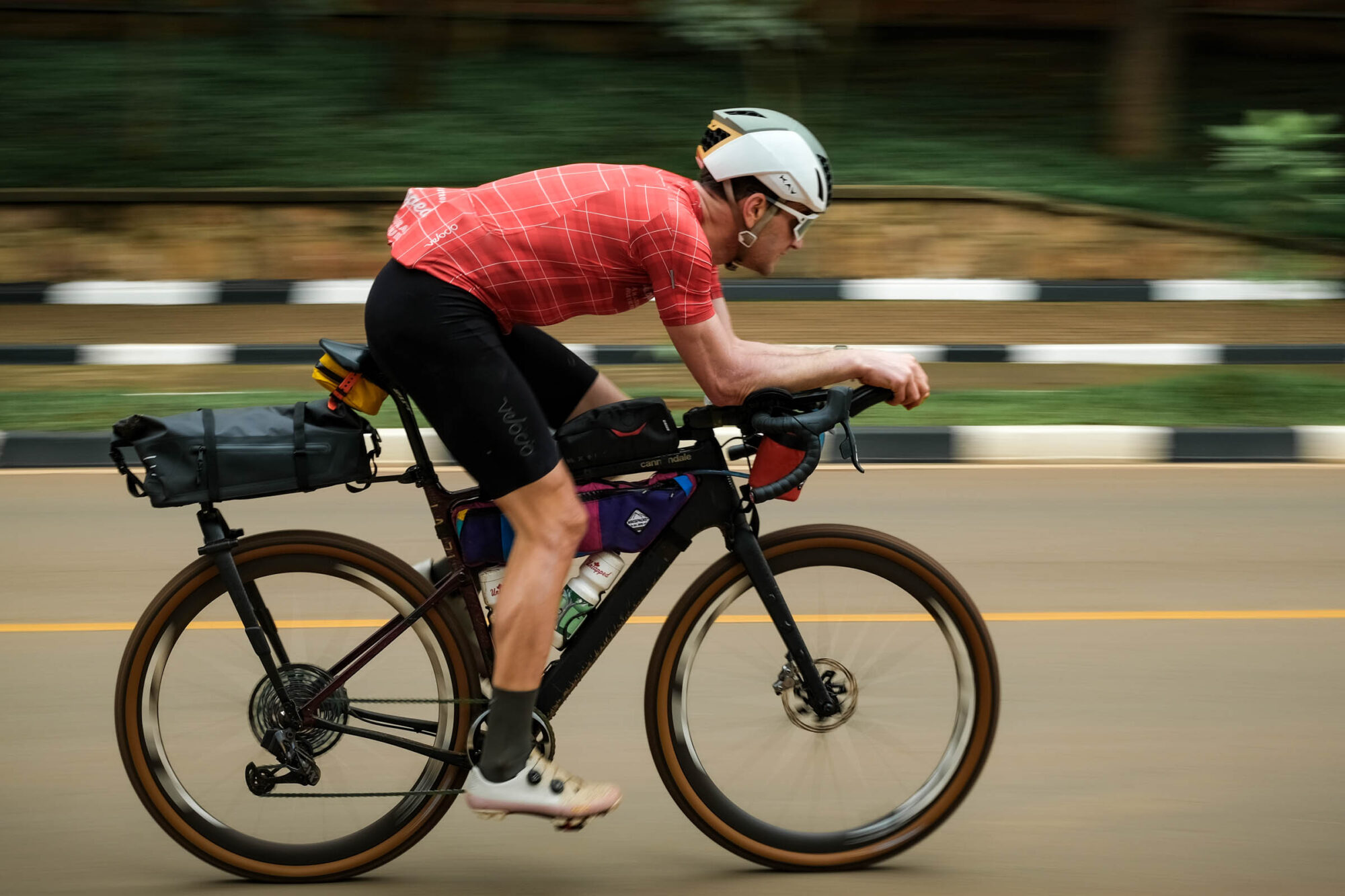
Tell us about the route and how it influenced your gear/bike choice.
Ted: What little I knew about the route I found online, mostly just studying the map. In particular, it’s smack on the nose 1,000 kilometers long and an estimated 35 percent gravel. The 1,000 feet of climbing per 10 mile rule applies, so we’re looking at 60,000 feet over 600ish miles, which in my opinion is the sign of a hilly outing. I gained a tiny bit more intel by talking to Ullrich and Justinas, where I was told the paved sections are glassy smooth in the best way possible. Fresh tarmac without a frost heave in sight.
I’m very happy with my choice of the Cannondale Topstone Carbon in a very sleek Lab71 design. This is my jack-of-all-trades bike courtesy of being able to comfortably run 48mm tires and the Kingpin rear suspension to smooth out the ride a bit but still snappy and fast. I have all the confidence in the world in Rene Herse tires, and their Endurance Oracle Ridge were perfect. I remember seeing some narrow, maybe 35mm tires in the neutral roll out Sunday morning, thinking “that guy either know something I don’t, or one of us is in for a rude surprise.” I’d say I ended up with the upper hand, because there were plenty of times I was using every bit of those 48mm down some harrowing, rocky descents.
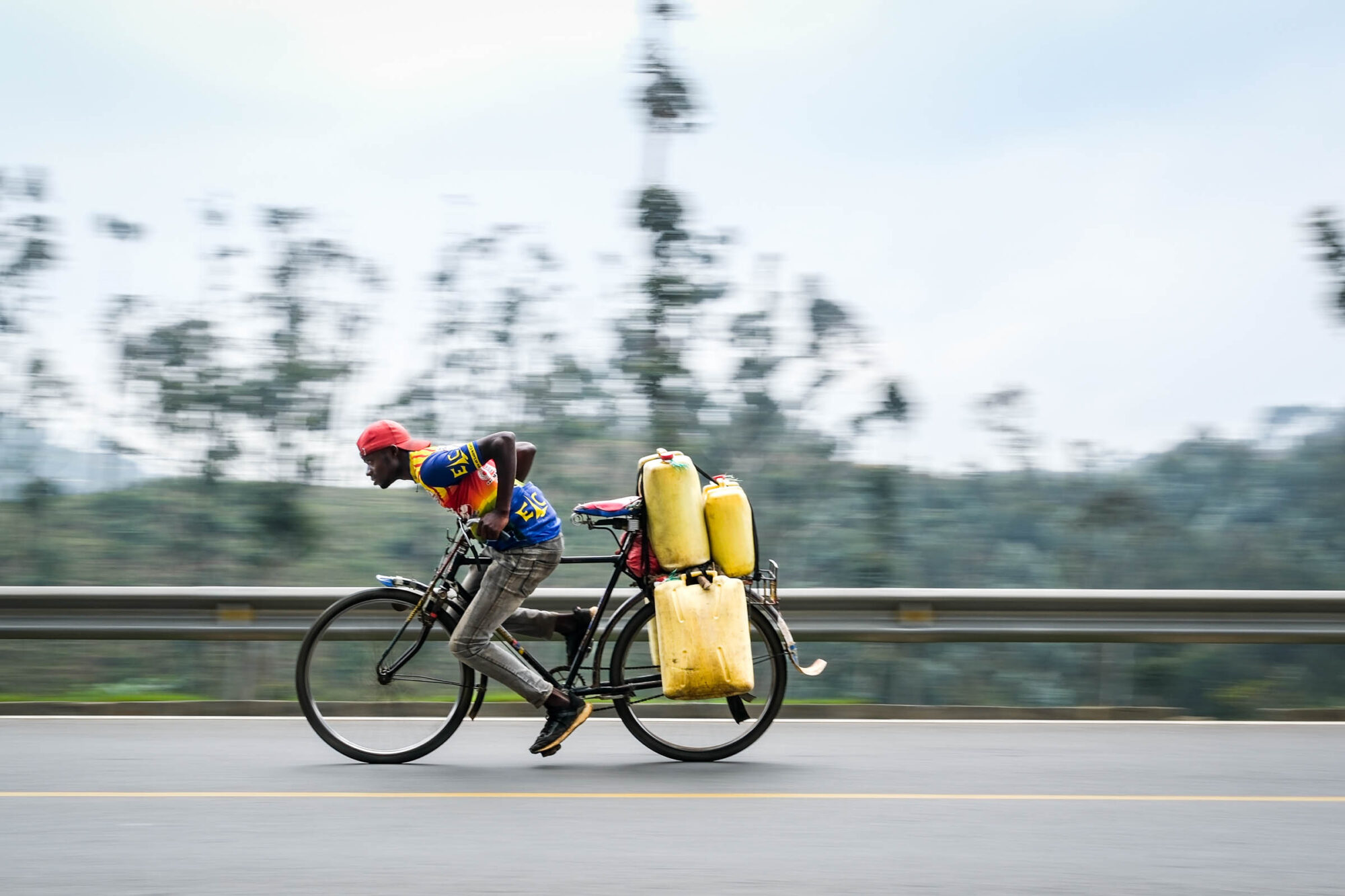
I don’t know if it’s a rookie move or veteran bikepackers do it too, but I was tweaking what and how I packed for weeks up until the race, plus plenty more during the race itself. Moosepacks is a company owned and run by good friends of mine, Matt and Katherine Moosas, and something like the half frame bag that holds 3L of water was a particular choice for this race, knowing we’d go long times/distances between water stops. This was my first time using the Tailfin Arch and Aeropack system, and I’m thrilled with the ease of use there.
I brought a bivy and sleeping pad to Rwanda, but we were told that roadside camping is so foreign there, that you’d probably wake up by being poked with curiosity from some local kids if you tried it. Anyway, that made packing those for the race easy, because it meant I didn’t. There were four checkpoints out on course that were also hotels or at least places to eat and sleep, so it’s more like put the pedal to the medal, then grab a meal and maybe sleep at each of the rest stops. You can buy water or small snacks when out on course in the miniature towns when needed.
I brought about 3,000 calories of UnTapped. I didn’t know exactly what to expect on course, but UnTapped delivers the finest and absolutely best tasting nutrition bar none, so despite being a significant weight to carry that quantity of nutrition, I also parsed it out really well so I used it from start to finish. There’s always something you wish you had or brought but didn’t need. I had a spare battery bank that wasn’t light, and I could have lived without that. I would have benefitted from arm warmers and didn’t have those, but overall I’m pleased with the entire setup.
Was it what you expected? Any surprises along the way?
Ted: I was a little worried when my friend Manu, a photographer for the race coming in from Belgium who’s ridden the route in the past highly suggested I downgrade my 44T front chainring given all the climbing. It’s easy to be home staring at a computer screen examining the course profile and be thrown off just how much elevation change there is simply because the many 10-to-20-kilometer climbs skew the profile. Meaning, the smaller, steeper climbs look like nothing on a profile chart, but in reality, they’re seemingly endless in number and wall-like in reality. For better or worse, I received that message after landing in Rwanda, and with bike shops few and far between, I had to run whatcha brung.
It all worked out. I certainly could have used a 42T to my advantage, but there is also a fair amount of slight downhill or tailwind on the flats where I was in the 44x10T humming along happy as a clam. I’m a SRAM AXS user, so despite the “big” 44T chainring, I was relieved to have 52T cog in the bag.
My cultural experience in Africa is that of contrasts. For example, we started and finished in Kigali, which is an enormous city with all the amenities one would expect. But then as soon as you’re outside of city limits, it’s rural as rural gets. There are so many elements that are new, foreign, and different that come along with being in an entirely new continent, and yet in so many ways, it’s almost exactly what I expected. For example, you see bicycles used in the most utilitarian ways. At one minute, a bike is a taxi with anywhere from one to three passengers. I saw a live pig being transferred or a dozen chickens on the back of a bike, someone with literally an entire full sized bed, lumber of all varieties, lots of people riding with multiple 50-pound sacks of rice, beans, and potatoes on their bikes. On multiple occasions, I saw people transporting probably 300 bananas on their bikes. Things that you couldn’t even conceive if you saw in the US are immediately normalized here.
And I saw so many happy kids. You hear “Good morning! Good morning! Good morning!” at all hours of the day. It’s refreshing to pass through any small town and know that by offering up a smile and wave, you’ll crack an enormous smile on anyone you pass by.
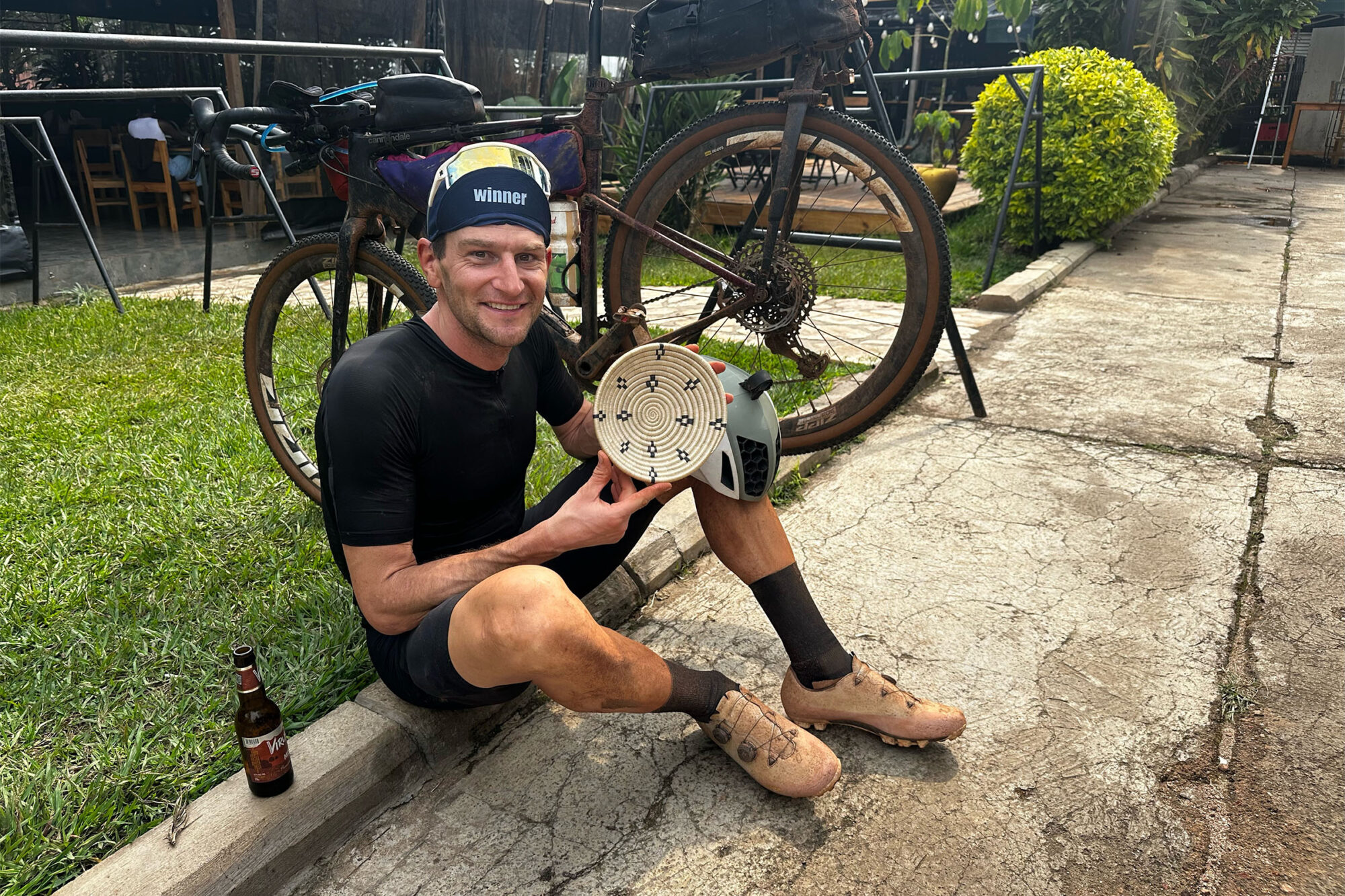
Anything you’d change if you were to do it again?
Ted: The short answer is no…ish. The longer answer is that bikepacking is all about encountering a challenge and figuring out how to get past it. So, there are a couple examples: one, despite the outcome, my preparation is not to be desired. I rode one five-hour ride over the past five months, maybe three four-hour rides, and the rest was a cobbled together mix of indoor rides, short outdoor rides, time in the gym, and XC skiing. It would have been a big boost in confidence if I could have logged even a single overnight ride or 12-hour ride along my build up, but that just wasn’t in the cards. So, in an ideal world, I probably would have chased warm weather somewhere besides Vermont in December or January for a week.
The other one that pops to mind is minor, but it also echoes across bikepack racing in general. In the opening hour of the race, once we hit the first gravel section, my bags were all settling into place with their contents and straps, etc. I noticed one strap had vibrated loose, so I hopped off and hastily yanked on it hard enough to snap a clasp rendering it useless. At that point, I’m frustrated to see the leaders riding out of sight. I’m happy that I didn’t overreact in the moment; it’s easy to make a dumb decision there like fix it poorly or chase too hard and blow yourself up in the first moments of the race. It’s still annoying and stressful, so despite knowing this rule, I didn’t adhere to it myself: practice your full riding kit before the race. Test all your equipment as you’ll race it. See which straps or bolts will rattle loose, so you’re fixing it ahead of the heat of the moment.
To go full circle in my answer here, I’m thrilled with my bike, my set up, and my strategy, and I really wouldn’t change much!
2025 Race around Rwanda Results
1st Solo: Ted King (57:50)
2nd Solo: Tomas Rongen (64:18)
3rd Solo: Dion Gerrits (70:38)
1st Solo Woman/9th Overall: Nicole Van Batenburg (82:45)
2nd Solo Woman: Rachel White (130:29)
1st Duo: Patrick Busche + Tobias Midderhoff (86:36)
2nd Duo: Martin Reichert + Melanie Mueller (101:42)
Further Reading
Make sure to dig into these related articles for more info...
Please keep the conversation civil, constructive, and inclusive, or your comment will be removed.
